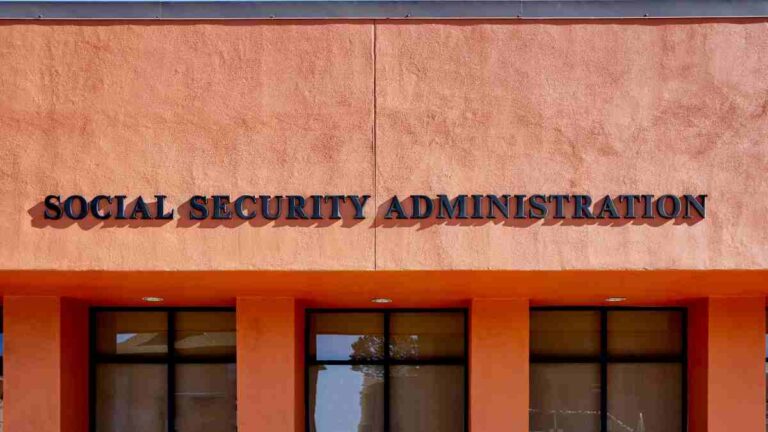3 Million Public Sector Workers to See Social Secrity Pension Increases
Social Security – A recent last-minute vote in the Senate has passed the highly anticipated Social Security Fairness Act, which will increase Social Security benefits for millions of Americans. This reform is designed to restore benefits that had been reduced or eliminated for public sector workers, such as teachers, police officers, firefighters, and others who also receive a pension.
Under current rules, public sector employees could not receive the full Social Security benefits they were entitled to if they had also worked in the private sector. This policy, known as the Windfall Elimination Provision (WEP), was intended to prevent what was seen as a “double benefit.” The result was that individuals who had paid into Social Security through private-sector jobs faced reductions in their benefits once they retired, making them ineligible for the full amount they had earned.
For the first time in over 50 years, public workers who also contributed to Social Security in the private sector will now be able to receive their full Social Security benefits upon retirement. In addition:
- Spouses of public sector workers will be able to collect the full benefit if their partner passes away.
- The new rules will align the treatment of public workers with those who have worked solely in the private sector, ensuring equal benefits.
Also Read – New SSI Payment Schedule for 2025: What You Need to Know
A long-awaited change
This reform has been a topic of debate for many years. After passing the House of Representatives in November, it was finally approved by the Senate with a 76 to 20 vote. However, there were four senators who chose not to vote.
Despite the support, the bill has faced some opposition. Critics argue that the reform could further strain the already fragile Social Security fund. The new expenses are expected to cost $196 billion, and with Social Security projected to become insolvent in about a decade, this additional cost could move up that timeline by about six months.
Nonetheless, supporters of the reform argue that it corrects a long-standing inequality that has affected public workers for decades, ensuring they receive the benefits they rightfully earned.






